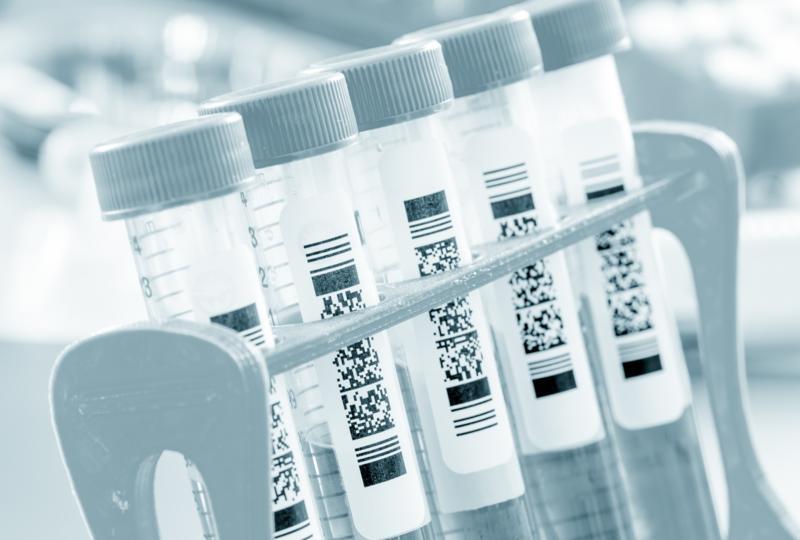Cytometry May Be a Breakthrough For Rheumatoid Arthritis
Cytometry May Be a Breakthrough For Rheumatoid Arthritis
Cytometry is a tool that has recently become available to analyze the cellular and molecular profiles of synovial tissue and peripheral blood. Researchers are hopeful that cytometry may enable further understanding of rheumatoid arthritis, and in turn potentially illuminate stronger paths of treatment.
Need for treatment
Around 1.3 million Americans have rheumatoid arthritis, and because the chronic disease leads to severe pain, swelling, and stiffness in joints, sometimes even acting as a hindrance to mobility, research is constantly being dedicated to halting or alleviating symptoms. Not only are the joints affected, but often the inflammation can develop in various organs, intensifying issues even further. While anyone can get the disease, the occurrence in women is double that of men.
Using cytometry
The discovery that cytometry may assist in progressing research regarding rheumatoid arthritis is relatively recent, and was made possible by the Accelerated Medicines Partnership (AMP) program.
AMP is a public-private partnership of the National Institutes of Health, the U.S. Food and Drug Administration, and not-for-profit organizations and biopharmaceutical companies. It was developed in an effort to adapt diagnostic tools and therapies in various disease states.
The RA Network of researchers at the AMP recently finished up the preliminary stage of a study looking into rheumatoid arthritis through the lens of molecular and cellular profiling of synovial tissue and matched peripheral blood. For this study, samples were taken from rheumatoid arthritis patients across the country.
Kevin Wei is the lead author on the project, as well as an Instructor at Brigham and Women's Hospital in Boston. He explains, "we have come a long way in our ability to treat RA patients by targeting specific pathways or cell types that contribute to joint inflammation. However, we need to better understand why certain patients do not respond to available treatments. Having biomarkers that could predict treatment response in patients with RA would be a major step forward. But, how do we identify new targets or new biomarkers given the complexity of RA?"
That seems to be exactly the question haunting many researchers. However, Wei and his team were able to single cell RNA-sequencing, mass cytometry, and other molecular profiling techniques in order to examine between thirty and forty cell types. They also looked into thousands of genes from the same group of patients.
What is cytometry?
But what exactly is cytometry? It is defined by the International Society for Advancement of Cytometry as the "quantitative analysis of cells and cell systems. A wide range of cutting edge techniques are used to perform cytometry which plays a crucial role in advancing the frontiers of biology, medicine, and technology. Most cytometric techniques measure the molecular properties of cells by employing fluorescent labeling to detect specific antigens using antibodies, intracellular ions using indicator dyes, fluorescent reporter molecules such as green fluorescent protein (GFP), and DNA and RNA using nucleic acid-specific probes."
Dr. Wei continued, "we believe that the ability to visualize multiple cell types and examine multiple molecular pathways in the joint target tissue will transform the way we understand RA."
Read on to learn more about this study and what it means for rheumatoid arthritis patients.
